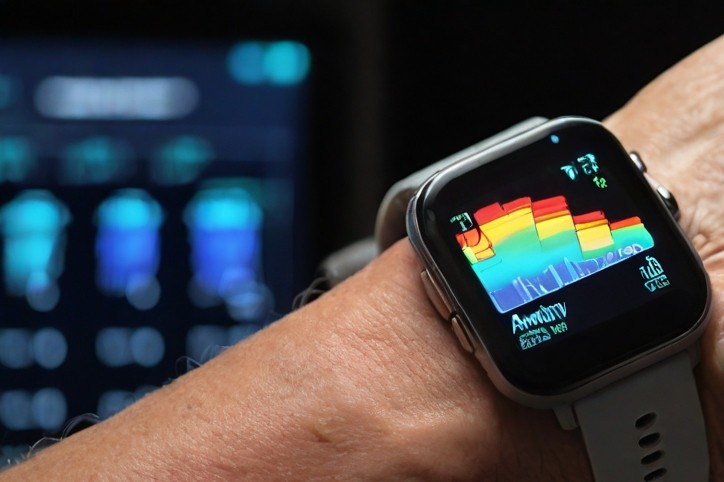Researchers from the Johns Hopkins Bloomberg School of Public Health have found that monitoring daily activity patterns using a wrist-worn device may help detect early warning signs of Alzheimer’s disease.
The study analyzed movement data from wristwatch-like devices called actigraphs worn by 82 cognitively healthy older adults, some of whom had detectable brain amyloid buildup, a key feature of Alzheimer’s disease.
Using a sensitive statistical technique, the researchers discovered significant differences between the “amyloid-positive” and “amyloid-negative” participants in mean activity during certain afternoon periods and differences in variability of activity across days in a broader range of time windows.
“We need to replicate these findings in larger studies, but it is interesting that we’ve now seen a similar difference between amyloid-positive and amyloid-negative older adults in two independent studies,” says Adam Spira, PhD, professor in the Department of Mental Health at the Bloomberg School.
The study’s results suggest that actigraphs could potentially be used as a tool to help detect early signs of Alzheimer’s disease before significant cognitive impairment occurs. Alzheimer’s disease, the leading cause of dementia, is estimated to affect more than 6 million older adults in the U.S. and is characterized by the buildup of amyloid plaques and tangles in the brain, which typically begin to accumulate a decade or two before the disease is diagnosed.
The researchers believe that older adults might someday wear wristwatch-like devices that automatically track and analyze their sleep and waking activity, allowing individuals with anomalous activity patterns to consult their physicians for more in-depth Alzheimer’s screening.
The scientists plan to conduct larger and longer-term studies to investigate whether daily activity-pattern changes are associated not only with brain amyloid but also with actual cognitive decline.
#AlzheimersResearch #SmartWatchData #EarlyDetection #BrainHealth


